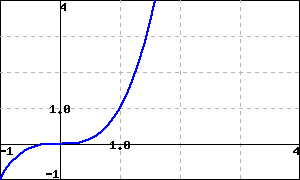Section 1.8 Graphics in Exercises
It is natural for exercises to have graphics. For example, an exercise might produce a graph of some kind, and ask the reader to extract some information from that graph.
If your WeBWorK server is version 2.16 or later, WeBWorK problems can process
<latex-image> code. Here is an example.Checkpoint 1.8.1. A static
This image is a visual proof that \(\sum_{k=1}^{n}k\) equals what?

Checkpoint 1.8.2. A randomized <latex-image> graph.
These images may depend on the random seed. In this problem, the height and width of the rectangle are randomized.
Find the area of the rectangle.

Checkpoint 1.8.3. A <latex-image> graph affected by <latex-image-preamble>.
This sample chapter’s
<docinfo> has a <latex-image-preamble>. This exercise has graph styling that is affected by that.What are the roots of this polynomial?

Checkpoint 1.8.4. Special characters.
This exercise is to test that special characters behave.
The code below has a printed dollar sign, a printed percent sign, a printed at sign, and a percent sign used as a comment marker.

An older mechanism for creating images is supported and demonstrated here.
Checkpoint 1.8.5. Solve using a graph.
The graph below is a graph of \(y=f(x)\text{.}\) Use the graph to solve the equation \(f(x)=1\text{.}\)




